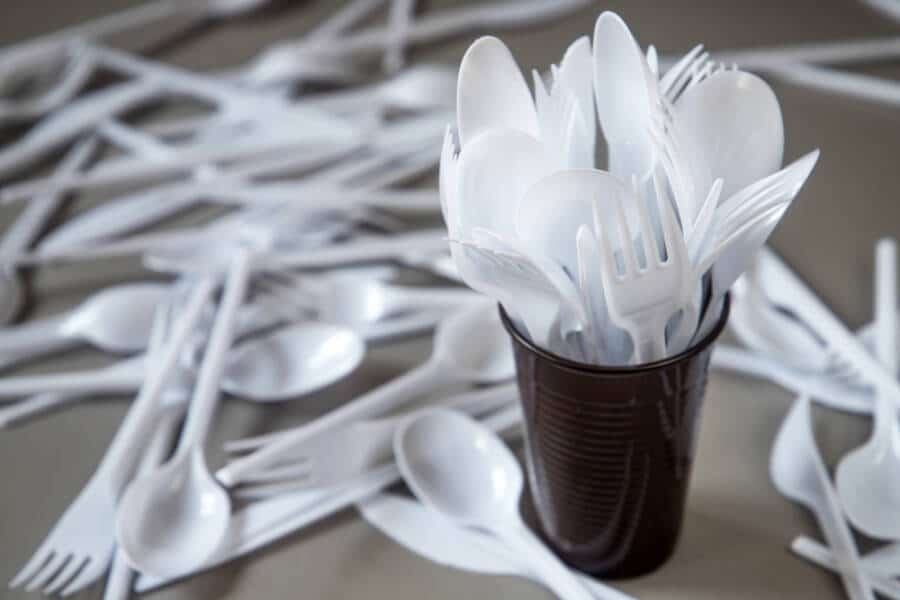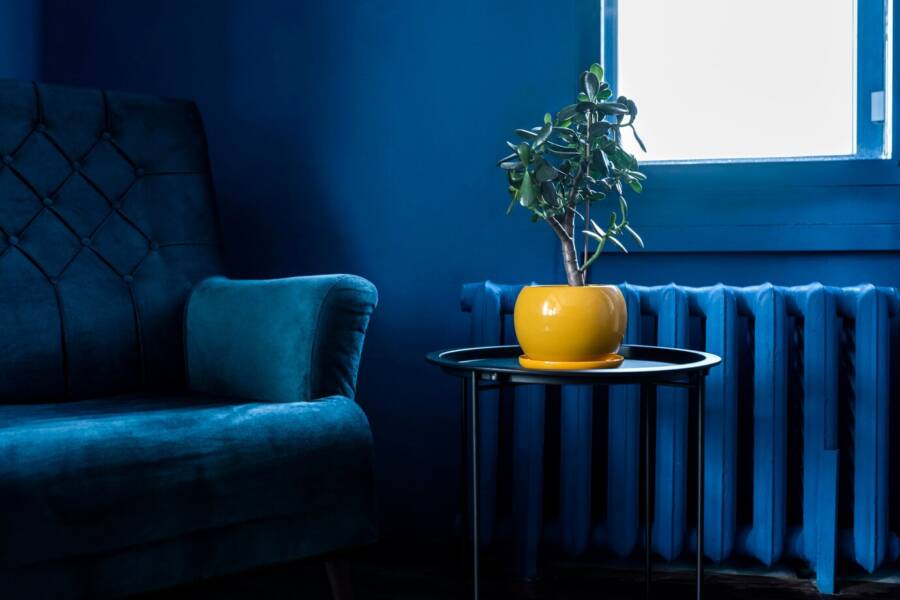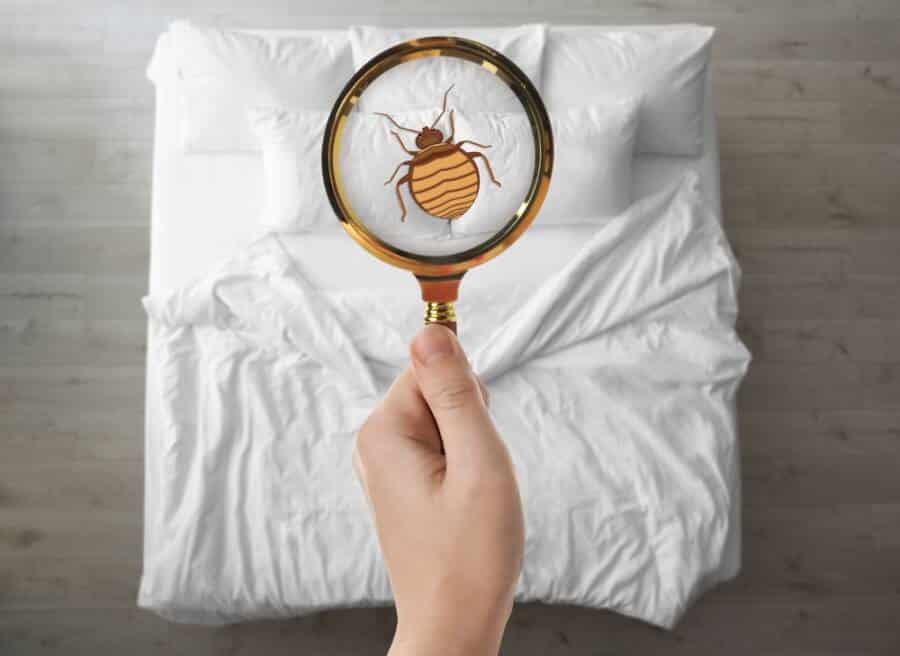The Rubber Plant (Ficus elastica) is one of the most popular houseplants around, and for a good reason—its lush green leaves add life to any room. But how much light does this beautiful plant need in order to thrive?
In this article, we’ll explore how much light your rubber tree needs, from indirect sunlight to bright fluorescent bulbs. We’ll also look at other factors that influence its health and growth, so you’ll know what it takes to keep your plant looking its best!
Whether you’re an experienced gardener or just starting out on your indoor gardening journey, understanding the amount of light your rubber tree needs is essential for its long-term success. Read on to find out more about keeping your rubber tree healthy and happy!
Here’s how Much Light Does a Rubber Plant Need?
A rubber plant needs bright, indirect sunlight for optimal growth. Place it in a location where it will receive morning or afternoon sun, but not both. It should be kept away from the direct rays of the sun to avoid sunburns on the leaves.

Types Of Lighting For Rubber Plant
For starters, these plants do best in bright indirect sunlight and can even tolerate some morning or afternoon direct sun.
If you don’t have access to enough natural light, you’ll need an artificial source of lighting. A fluorescent grow lamp is perfect for this situation, as it provides plenty of light without getting too hot near the leaves. LED lights are also great because they generate very little heat, though they may not be able to produce enough light for your needs.
Finally, incandescent bulbs might work if you’re only using them occasionally, but keep in mind that they tend to get very hot, so there’s a chance of burning your plant’s leaves if left on too long.
What Is The Ideal Amount Of Light For A Rubber Plant?
Rubber plants require at least six to eight hours of light each day. If the sunlight is too strong, a sheer curtain can help soften it. The ideal intensity for these plants ranges from 10,000-20,000 Lux, but they can still survive in 500-1,500 Lux.
The exact amount of light needed depends on the species. Some prefer bright, indirect light, while others can tolerate dimmer conditions. Generally, rubber plants prefer medium or high levels of indoor light near a south-facing window.
If your rubber plant isn’t getting enough light, its leaves may yellow or its stems may weaken. Too much direct sun, though, can cause leaf burn. So find that perfect balance between not enough and too much!

Does Rubber Plant Need A Lot Of Light?
While they do prefer bright, indirect sunlight, rubber plants are also able to survive in low-light conditions. They’re pretty resilient when it comes to their lighting requirements! However, if you want your rubber plant to thrive and reach its full potential, then providing lots of natural light is best.
This means placing your rubber plant near an east- or south-facing window with sheer curtains or blinds so as not to expose them directly to harsh rays from the sun. With enough light and regular care, your Rubber Plant should be happy and healthy all year round!
Signs Of Too Much Light For A Rubber Plant
I remember when my own rubber plant was getting too much sunlight: the leaves suddenly looked yellowed and limp, and I knew something was wrong.
To prevent this from happening again, I learned some telltale signs of a rubber plant receiving too much light. Wilted or drooping leaves are usually a sign that there’s too much direct sunlight coming through the window.
Other indicators include brown spots on the leaves or an overall yellow discoloration—both of which indicate that your rubber plant needs more shade, pronto!
An easy way to check if you’re providing enough indirect light is to look at how often you need to water it; if its soil dries out quickly, then chances are it needs more protection from harsh rays of sunlight.
Can A Rubber Plant Tolerate Low Light?
I distinctly remember the day I brought home a rubber plant for my apartment. It was like a breath of fresh air in an otherwise mundane room, with its deep green leaves and sturdy branches. As I placed it in the corner near some indirect sunlight, I began to wonder: can a rubber plant tolerate low light?
The answer is yes! These plants are actually quite resilient to lower levels of light; they won’t thrive but will still survive if necessary. Rubber plants prefer medium to bright indirect light; however, their needs depend on the age and size of the particular specimen.
Younger specimens require more light than mature ones, as do larger varieties. In addition to this, you should also be aware that too much direct sun may cause leaf scorch or even death for your beloved houseplant.
Therefore, when considering how much light your rubber plant requires, take into account where it’s situated and what type of lighting conditions exist there.
Signs Of Too Little Light For A Rubber Plant
One sign is yellowing leaves due to a lack of chlorophyll production from the reduced exposure to light. The new growth on a neglected rubber plant will also look weak and leggy rather than compact and full-leaved like when it’s healthy.
Additionally, if you notice an extended period between flowering cycles, this could mean there isn’t enough light for your rubber tree either.
If any of these issues start occurring with your rubber plant, try moving it closer to a window or adding artificial lights such as grow lamps nearby so they can receive more sun exposure throughout the day.
If all else fails, consider rehoming your plant in a better-lit spot where its needs will be met—it should thank you!
The Ideal Temperature For A Rubber Plant
The best environment for your rubber plant is an area with temperatures between 60-75 degrees Fahrenheit (15-24°C). Anything lower than that can cause issues due to the cold, like drooping or wilting leaves, and anything higher could be too hot, leading to burned or dried-out leaves.
It’s worth noting that if you tend to keep your home at a cooler temperature in the winter months, then simply moving your rubber plants away from any open windows should help maintain the ideal temperature range. As long as they’re not getting hit by direct drafts of cold air, they’ll stay happy!
How Long Should You Leave The Light On For A Rubber Plant?
Have you ever wanted to keep a rubber plant in your home? It’s certainly an attractive option, but there are certain considerations that must be taken into account. One of the most important is lighting—how long should you leave the light on for a rubber plant?
When it comes to light requirements, rubber plants demand bright, indirect sunlight. To get the best results, they need approximately four hours per day. Unfortunately, direct sunlight can cause their leaves to scorch or turn yellow.
However, if you don’t have access to natural sunlight, then artificial lights are also great options!
You just want to ensure that whatever type of lighting you choose provides between 10-12 hours of exposure daily. This could include fluorescent bulbs or LED grow lights with adjustable brightness settings.
It’s important to remember that too much light can harm your rubber plant as well, so pay attention and monitor its progress over time.
How To Move A Rubber Plant From Low To High Light Areas
I was in the same situation when I moved to a new apartment—my beloved rubber plant needed more light than it was getting. How could I move it from low to high lighting without sacrificing its health? After some research and patience, I was able to successfully transition my rubber plant into its new home:
First of all, you’ll need to make sure the area is adequately prepped for your rubber plant’s arrival. That means finding an area with ample sunlight exposure and ensuring that any other plants nearby are free from pests or disease.
Here are three tips on how you can prepare the environment for your plant:
- Create a well-draining soil mix so that excess water won’t stay around the roots.
- Move slowly—try transitioning by increasing sun exposure over time instead of suddenly introducing them to full sunlight.
- Acclimate the temperature. Keep your rubber plant away from sudden temperature changes as much as possible.
Once these steps have been taken, it’s time to actually move the rubber plant itself! Make sure you handle it gently during repotting, keeping most of its original soil intact while adding fresh soil if necessary.
Once everything is settled, be sure to monitor your rubber plant closely during this period and adjust conditions accordingly until they’re happy in their new environment.
With a bit of luck and plenty of care, you should have no issue transitioning your precious companion into its next stage of life!
Conclusion
Rubber plants need a good amount of light in order to thrive. They need at least 4-6 hours of indirect sunlight each day, preferably in the morning or late afternoon. If you cannot provide enough natural light, you can supplement with artificial lighting.
If you provide too much light, the leaves of the rubber plant may start to yellow or sunburn. Giving your rubber plant the right amount of light will ensure it stays healthy and vibrant.









